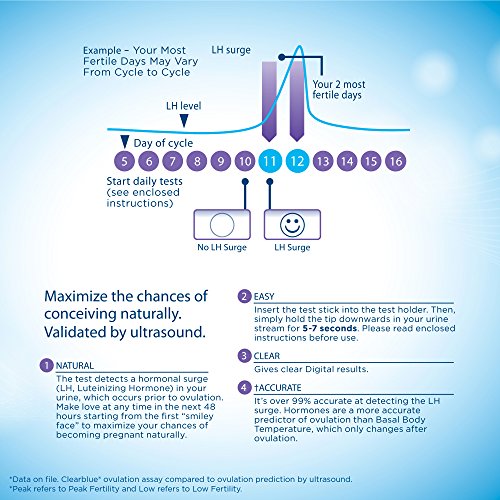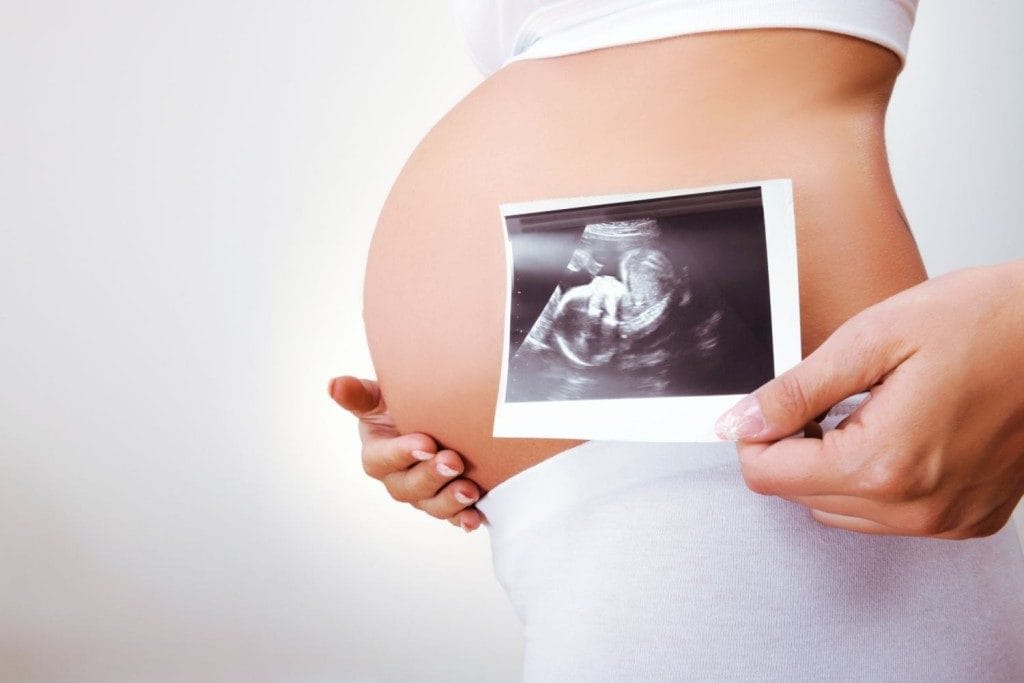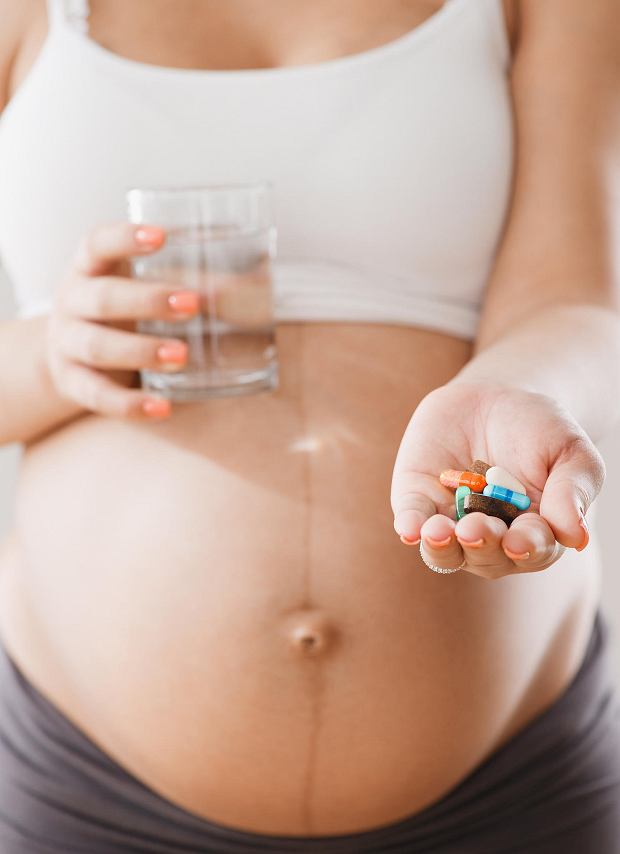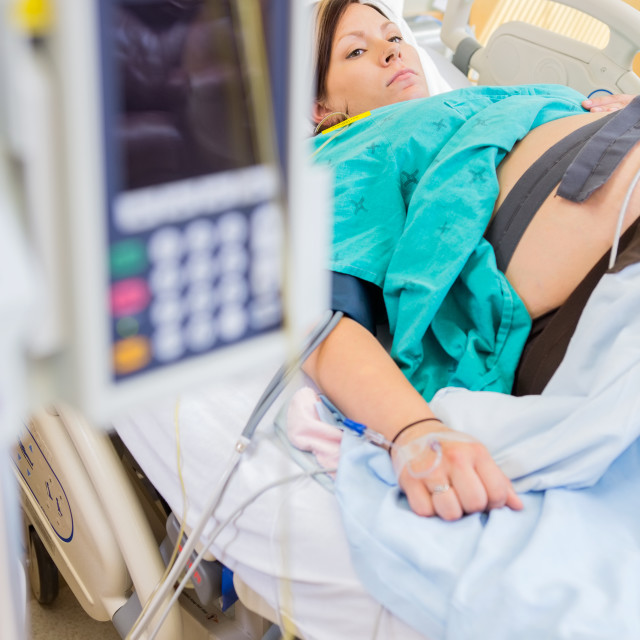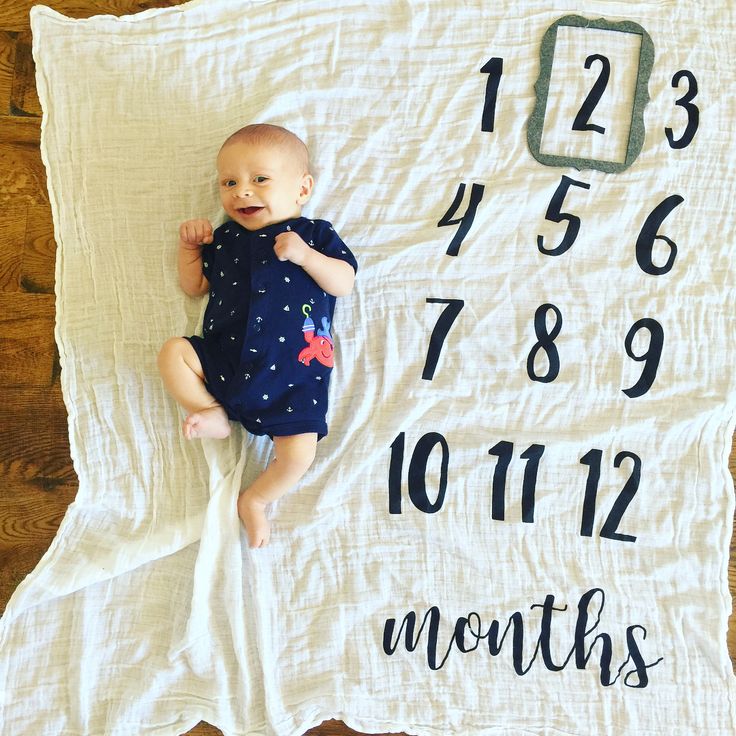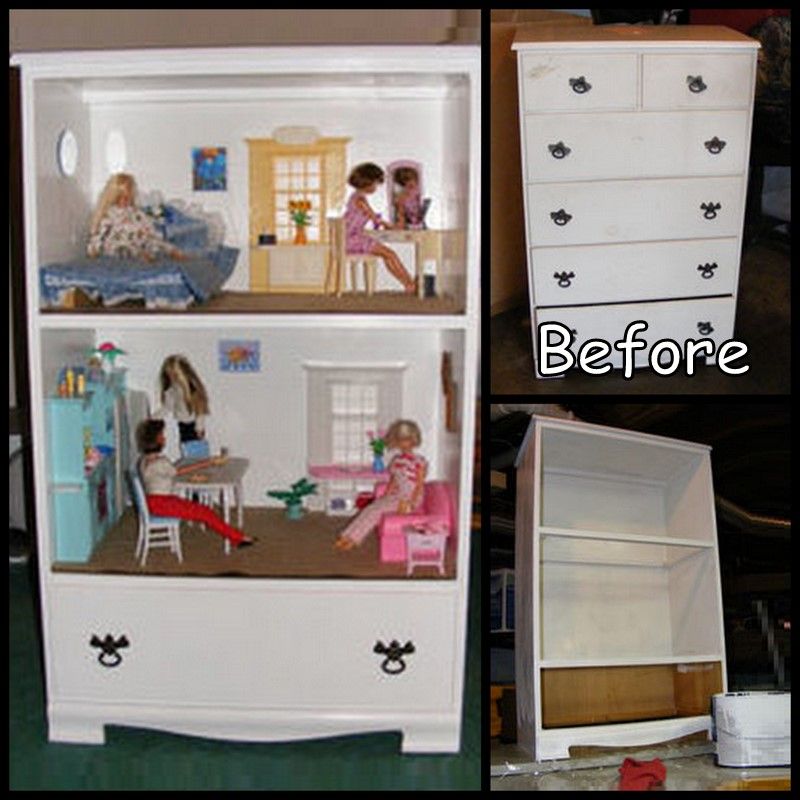Babies belly buttons fall off
Umbilical Cord Symptoms
Is this your child's symptom?
- Umbilical cord or navel questions about newborns
- The navel is also called the belly button or umbilicus
Symptoms
- Umbilicus (navel) has a cloudy discharge or even some dried pus on the surface
- Bleeding occurs from cord's point of separation
- Separation of cord is delayed past 3 weeks
Omphalitis: Serious Complication
- Definition. Bacterial infection of the umbilical stump with spread to the skin around it. It's a medical emergency.
- How Often. 1 out of 200 newborns.
- Symptoms. Redness spreads around the navel. The area may be tender, swollen and have a foul odor.
Umbilical Granuloma: Minor Complication
- Definition. Small round growth in center of navel after the cord falls off. It's red. Covered with clear mucus. Not dry like normal skin.
- How Often. 1 out of 500 newborns.
- Outcome. Usually grows in size if not treated.
Can become an entry point for umbilical infections.
- Treatment. Easily treated in the doctor's office by putting on a chemical called silver nitrate.
Dry Cord Care or Alcohol Cord Care
- The AAP and ACOG both advise dry cord care (natural drying). (Guidelines for Perinatal Care, 2012). It has become common practice in US hospitals.
- The book advises against using alcohol for routine umbilical cord care.
- Alcohol cord care is advised in less developed countries with high infection rates.
When to Call for Umbilical Cord Symptoms
Call Doctor or Seek Care Now
- Age less than 1 month old and looks or acts abnormal in any way
- Bleeding won't stop after 10 minutes of direct pressure applied twice
- Spot of blood more than 2 inches (5 cm) across
- Red streak runs from the navel
- Red skin spreads from around the navel
- Fever in baby less than 12 weeks old. Caution: do NOT give your baby any fever medicine before being seen.

- You think your child needs to be seen, and the problem is urgent
Contact Doctor Within 24 Hours
- Small bleeding lasts more than 3 days
- Pimples, blisters or sores near navel
- Lots of drainage (such as urine, mucus, pus) from the navel
- You think your child needs to be seen, but the problem is not urgent
Contact Doctor During Office Hours
- After using care advice for 3 days, navel is not dry and clean
- Small piece of red tissue inside the navel
- Cord stays attached more than 6 weeks
- You have other questions or concerns
Self Care at Home
- Normal cord care
- Normal navel care after cord falls off
- Minor infection of cord or navel
- Normal bleeding from cord or navel
- Normal delayed separation of the cord after 3 weeks
Seattle Children's Urgent Care Locations
If your child’s illness or injury is life-threatening, call 911.
- Bellevue
- Everett
- Federal Way
- Seattle
Care Advice
Treatment for Normal Umbilical Cord
- What You Should Know About Normal Umbilical Cords:
- Normal cords don't need any special treatment.
- Just keep them dry (called dry cord care or natural drying).
- Reason: Cords need to dry up, before they will fall off.
- As they dry up, cords normally change color. They go from a shiny yellowish hue, to brown or gray.

- The cord will normally fall off between 1 and 3 weeks.
- Here is some care advice that should help.
- Normal Dry Cord Care:
- Check the skin around the base of the cord once a day.
- Usually the area is dry and clean. No treatment is needed.
- If there are any secretions, clean them away. Use a wet cotton swab. Then dry carefully.
- You will need to push down on the skin around the cord to get at this area. You may also need to bend the cord a little to get underneath it.
- Caution: Don't put alcohol or other germ killer on the cord. Reason: Dry cords fall off sooner. (Exception: instructed by your doctor to use alcohol).
- Bathing:
- Keep the cord dry. Avoid tub baths.
- Use sponge baths until the cord falls off.
- Fold Diaper Down:
- Keep the area dry to help healing.
- To provide air contact, keep the diaper folded down below the cord.

- Another option for disposable diapers is to cut off a wedge with a scissors. Then seal the edge with tape.
- Poop on Cord:
- Getting some poop on the cord or navel is not serious.
- If it occurs, clean the area with soap and water.
- This should prevent any infections.
- Call Your Doctor If:
- Develops a red streak or redness around belly button
- Fever occurs
- Your baby starts to look or act abnormal
- You think your child needs to be seen
Treatment for Normal Navel After Cord Falls Off
- What You Should Know About Navels After the Cord Falls Off:
- The cord can't fall off too early.
- The average cord falls off between 10 and 14 days. Normal range is 7 to 21 days. Even if it falls off before 7 days, you can follow this advice.
- After the cord has fallen off, the navel will gradually heal.

- It's normal for the center to look red at the point of separation.
- It's not normal if the redness spreads on to the belly.
- It's normal for the navel to ooze some secretions.
- Sometimes the navel forms a scab. Let it heal up and fall off on its own.
- The navel has a small risk of becoming infected.
- Here is some care advice that should help.
- Normal Navel Care:
- Keep the navel (belly button) clean and dry.
- If there are any secretions, clean them away. Use a wet cotton swab. Then dry carefully.
- Do this gently to prevent any bleeding.
- Caution: Don't use any rubbing alcohol. Reason: can interfere with healing.
- Bathing:
- After the cord falls off, continue sponge baths for a few more days.
- Help the belly button area dry up.
- Then, tub baths will be fine.
- Fold Diaper Down:
- Keep the navel dry to help healing.

- To provide air contact, keep the diaper folded down below the navel.
- Keep the navel dry to help healing.
What to Expect: The belly button should be healed and dry by 7 days.
- Call Your Doctor If:
- Develops a red streak or redness around belly button
- Fever occurs
- Cloudy discharge occurs
- Your baby starts to look or act abnormal
- You think your child needs to be seen
Treatment for Minor Infection of Cord or Navel
- What You Should Know About a Minor Infection of Cord or Navel:
- The belly button will ooze secretions for several days.
- Normal secretions are clear or blood tinged mucus.
- A cloudy discharge is usually a mild infection.
- This can be from normal skin bacteria.
- A small amount of pus may be present.
- Here is some care advice that should help.
- Clean the Navel:
- Clean the navel (belly button) 2 times a day.
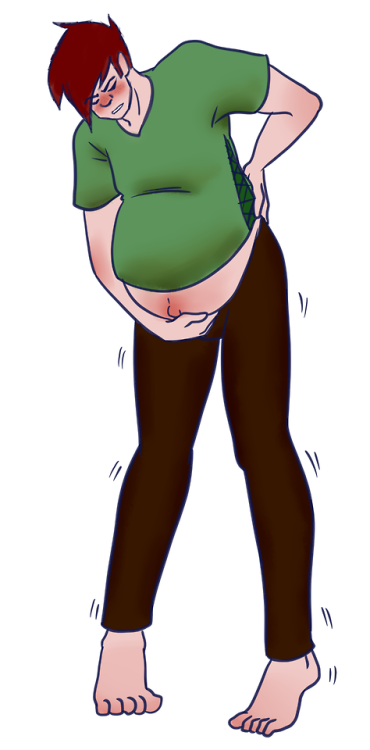
- Use a wet cotton swab or cloth.
- Clean away any dried secretions or pus.
- Do this gently to prevent any bleeding.
- Caution: Don't use any rubbing alcohol. Reason: Can interfere with healing.
- Clean the navel (belly button) 2 times a day.
- Antibiotic Ointment for Pus:
- If any pus is present, use an antibiotic ointment (such as Polysporin).
- No prescription is needed.
- Put a tiny amount on the belly button.
- Do this 2 times per day after the area has been cleaned.
- Do this for 2 days. After that, use the antibiotic ointment only if you see more pus.
- Bathing:
- Do not use tub baths until the cord falls off. The navel should be well healed.
- Fold Diaper Down:
- Keep the belly button dry to help healing.
- To provide air contact, keep the diaper folded down. Keep it below the cord and belly button.
- What to Expect:
- With treatment, the cloudy discharge and pus should be gone in 2 to 3 days.

- The navel should become dry and healed by 7 days.
- With treatment, the cloudy discharge and pus should be gone in 2 to 3 days.
- Call Your Doctor If:
- Develops a red streak or redness around the belly button
- Fever occurs
- Cloudy discharge not gone after 3 days of using this care advice
- Your baby starts to look or act abnormal
- You think your child needs to be seen
Treatment for Normal Bleeding Around Cord
- What You Should Know About Mild Bleeding Around the Cord:
- A few drops of blood are normal when the cord falls off or catches on something.
- The diaper rubbing against the belly button may make it start up again.
- Here is some care advice that should help.
- Bleeding:
- To stop bleeding, put direct pressure on the navel for 10 minutes. Use a clean cloth.
- Clean the area beforehand, rather than afterwards.
- Reason: This helps prevent bleeding from starting back up.
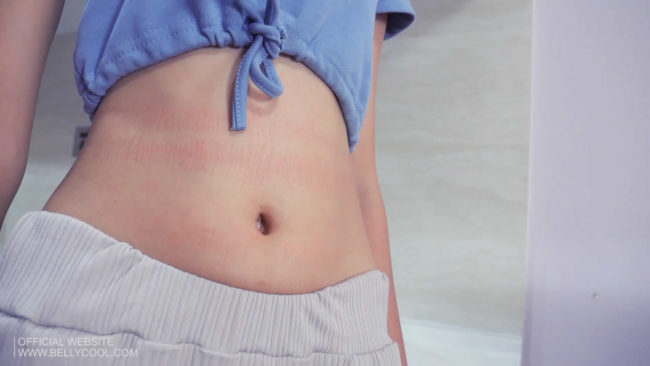
- Diaper:
- Prevent the diaper from rubbing on the belly button.
- Do this by folding the diaper down away from the belly button.
- You can also cut a wedge out of the diaper.
- What to Expect:
- The bleeding may come back a few times.
- It should only be a small smear of blood.
- The bleeding site should heal up by 2 days.
- Call Your Doctor If:
- Bleeding gets worse
- Few drops of blood lasts more than 3 days
- Your baby starts to look or act abnormal
- You think your child needs to be seen
Treatment for Normal Delayed Separation of the Cord Beyond 3 Weeks
- What You Should Know Cords Falling Off:
- Most cords fall off between 10 and 14 days. Normal range is 7 to 21 days.
- All cords slowly fall off on their own.
- Continue to be patient.
- Here is some care advice that should help.

- Stop Alcohol:
- If you have been using rubbing alcohol to the cord, stop doing so.
- Rubbing alcohol can kill the good bacteria that help the cord fall off.
- Diaper:
- Help the cord dry up faster by keeping the diaper folded below it.
- Another approach is to cut out a wedge of the diaper (if disposable).
- Air contact helps the cord stay dry.
- Call Your Doctor If:
- Cord starts to look infected
- Fever occurs
- Cord is still on for more than 6 weeks
- Your baby starts to look sick or act abnormal
- You think your child needs to be seen
And remember, contact your doctor if your child develops any of the 'Call Your Doctor' symptoms.
Disclaimer: this health information is for educational purposes only. You, the reader, assume full responsibility for how you choose to use it.
Last Reviewed: 12/16/2022
Last Revised: 01/13/2022
Copyright 2000-2022. Schmitt Pediatric Guidelines LLC.
Schmitt Pediatric Guidelines LLC.
The Umbilical Cord Fell Off, What Should I Do?
You’ve been peeping at your baby’s umbilical cord at every diaper change with a mixture of fascination and, well, a little disgust. After all, the little stump is a souvenir of the 9 months you spent with a special connection, even if it’s looking a little gross these days.
Now that umbilical cord is about to fall off. You may wonder when it should happen and whether the blood or discharge you see is normal. Learn more about what to expect below.
You can expect the cord to fall off between 5 and 15 days after your baby is born. Around 2 weeks is the average amount of time, but sometimes the cord may fall off a little earlier or later. This is perfectly normal.
As you watch the shiny yellow cord turn gray-black, you may be tempted to wiggle the cord a little just to hurry things along, especially when it seems loose. Resist the temptation and let nature take the lead.
Until recently, parents were instructed to gently swab the umbilical cord area with 70% alcohol. And that’s still OK, particularly in areas with fewer resources and higher infection risk. But the winds of change have blown, and there’s good news for those who cringe about swabbing: Alcohol swabs are passé.
And that’s still OK, particularly in areas with fewer resources and higher infection risk. But the winds of change have blown, and there’s good news for those who cringe about swabbing: Alcohol swabs are passé.
Alcohol swabs may actually kill the industrious bacteria that help the cord to dry and detach. A 2016 study showed that best practice is to keep the area clean and dry. Here’s how to do that:
- Use a cotton swab or washcloth dampened with water (and soap if you must) to wipe away any blood or secretions. Don’t worry — a few drops of blood and clear secretions are totally fine. The area is healing.
- Dab the area dry. There are no nerve endings in the navel cord, so your baby won’t feel any pain.
- Keep the front of your baby’s diaper folded down (or use diapers with an umbilical cord peephole) so that the area is open to the air.
- Dress your baby in loose clothing so that the cord is exposed and can dry out. Instead of snap-crotch one-piece styles, go for kimono-style undershirts that allow more air circulation.

- Stick with sponge baths to make it easier to keep the cord dry. Once it has detached, your baby can kick in a tub.
One fine diaper change, you’ll find out that the dried out umbilical cord has detached. Celebrate one of your baby’s first milestones and that adorable little belly button! Caring for the navel area is easy:
- Wipe away any remaining secretions with a dampened washcloth and pat dry.
- Stick to sponge baths for a couple of days longer and then let your baby indulge in a tub.
Slight bleeding is perfectly normal. This is part of the healing process. You may also notice some pink scar tissue or a bit of clear yellow discharge. This is also perfectly normal.
Fortunately, the chances of an infected umbilical cord are very low. Only 1 out of 200 infants experience omphalitis (an infection of the umbilical stump and surrounding area). But doctors do suggest keeping a careful watch on your baby’s navel area anyway for the first few weeks after birth.
This is especially true if your baby is a preemie or has low birth weight or the cord fell off early.
You may see a red lump where the cord fell off that could be covered in clear or yellow discharge. This is known as an umbilical granuloma. If you notice this, keep the area clean and dry and let your pediatrician know. Addressing the granuloma can help to prevent infection.
Also contact your pediatrician if you see any of the following symptoms:
- red and swollen navel area
- a lump on or near the umbilical cord
- pus instead of a little clear discharge in the area
- bleeding instead of a little dried blood
- irritability, refusal to eat, or fever in your baby
Dry care for speedy umbilical cord detachment wins, hands down! The hands-off approach to cord care should give you a little more time to spend enjoying your time with your new arrival.
UMBILICAL WOUND IN NEWBORN
UMBILICAL WOUND IN NEWBORN
Primary treatment and ligation of the umbilical cord is performed even in the maternity hospital after the complete cessation of pulsation of its vessels, which usually occurs 2-3 minutes after the birth of the fetus.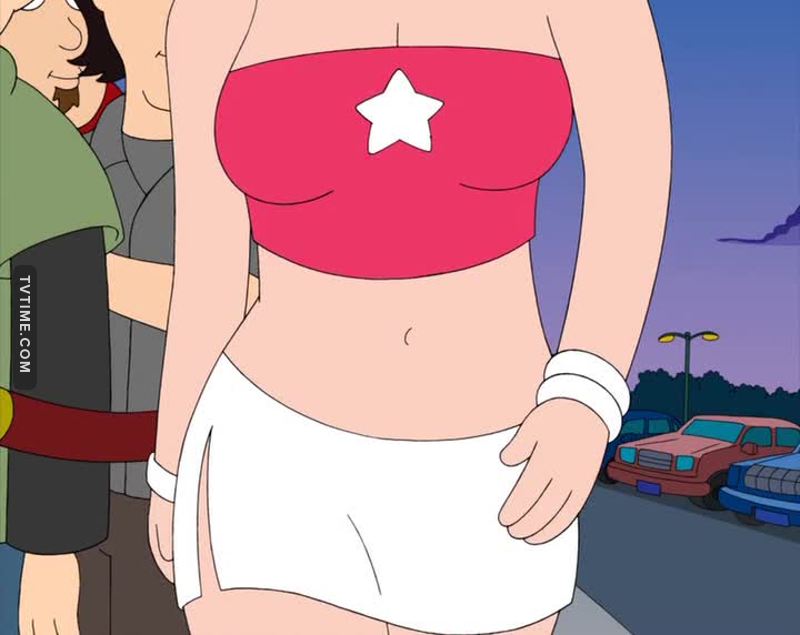 Before crossing the umbilical cord, it is wiped with alcohol and two sterile clamps are applied at a distance of 10 and 2 cm from the umbilical ring. The umbilical cord between the clamps is treated with 5% iodine solution and crossed with sterile scissors. The umbilical stump (residue) remains in this place, which dries up and falls off on its own naturally after a few days. The umbilical cord is cared for by a doctor. nine0005
Before crossing the umbilical cord, it is wiped with alcohol and two sterile clamps are applied at a distance of 10 and 2 cm from the umbilical ring. The umbilical cord between the clamps is treated with 5% iodine solution and crossed with sterile scissors. The umbilical stump (residue) remains in this place, which dries up and falls off on its own naturally after a few days. The umbilical cord is cared for by a doctor. nine0005
There is no need to keep the baby in the hospital until the rest of the umbilical cord falls off. This is even reflected in Order N 345 of the Ministry of Health of the Russian Federation “On improving measures to prevent nosocomial infections in obstetric hospitals”: “From an epidemiological point of view, a course for early discharge (2-4 days after birth), including before the umbilical cord falls off, is justified.”
However, in the history of the development of a newborn, one can often read "the umbilical cord fell off on the second day." In life, surgical removal is practiced - cutting off or unscrewing the umbilical cord residue after the newborn has two full days of life. This is due to the fact that not even all district pediatricians and patronage nurses are ready for a child with a bracket to come under their supervision, not to mention a young mother. nine0005
This is due to the fact that not even all district pediatricians and patronage nurses are ready for a child with a bracket to come under their supervision, not to mention a young mother. nine0005
So, by the time of discharge from the hospital, as a rule, the umbilical cord is no longer there, but there is an umbilical wound, or rather, a scar (navel), which must be carefully looked after. This area must be kept clean and dry at all times. To reduce the risk of infection of the umbilical wound and in order to prevent purulent diseases of the navel and the development of umbilical sepsis (in which the infection enters the bloodstream, causing infection of the whole body), it is necessary to treat the umbilical wound twice a day (in the morning during the first swaddling and in the evening after bathing). nine0005
To do this, you will need sterile cotton swabs, 3% hydrogen peroxide solution, alcohol infusion of greenery (or 5% potassium permanganate solution or 5% iodine solution).
Wash your hands thoroughly before handling the navel. Grasp the skin around the navel with your thumb and forefinger and open the wound a little. Moisten a cotton swab or drip a few drops of a 3% hydrogen peroxide solution and treat the wound from the center to the outer edges, carefully removing the wound discharge, while the peroxide will foam. Dry (wetting movements) with a sterile cotton ball. After that, we treat the umbilical wound with an antiseptic solution: iodine or brilliant green, or potassium permanganate. It should be noted that a solution of brilliant green causes weeping, and a solution of potassium permanganate (potassium permanganate) dries. Therefore, it is better to treat the wound with potassium permanganate. nine0005
It is necessary to treat the umbilical wound until the navel heals and there are no crusts, serous or sanious secretions, and when treated with peroxide, foam is formed.
As a rule, the umbilical wound heals (epithelizes) by the end of the second week of life, at the same time there is a contraction of the skin umbilical ring.
By the age of 2 weeks, the child will be a normal navel, the shape of which, by the way, does not depend on the skill of the one who cuts the umbilical cord, but depends solely on the individuality of the child. nine0005
If the wound starts to become wet, discharge appears, and the surrounding skin turns red, it is quite possible that an infection has got into it - in this case, call a doctor immediately!
A few tips:
Bathe the baby until the umbilical wound has healed in water with the addition of a weak solution of potassium permanganate.
Before each dressing, leave the umbilical wound open so that there is air access - this way it is easier to keep it dry. nine0005
Do not put a patch on the umbilical wound, as the baby's skin does not breathe through it and this may cause skin irritation.
It is possible to use disposable diapers with a special cutout for the navel, so the edges of the diaper will not touch the umbilical wound to avoid chafing, and the top layer closes the cutout and protects this place from moisture and infections
When the navel of a newborn should fall off.
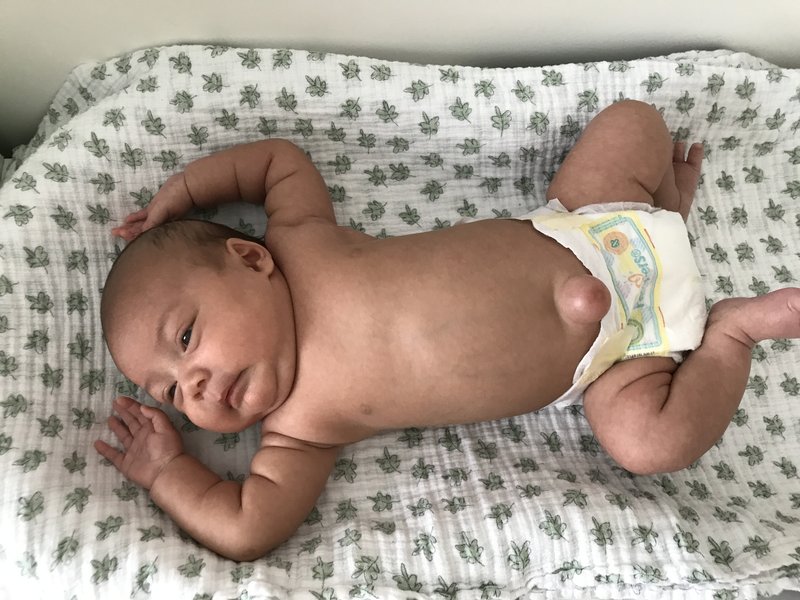 What to do if the wound oozes and gets wet
What to do if the wound oozes and gets wet When a baby is born, the umbilical cord that links the baby and mother throughout the pregnancy is no longer needed. It was with the help of this important organ that a small organism received oxygen and vital substances from the moment of conception until birth. In the first seconds of the “independent” life of a newborn, the umbilical cord is cut, and a special bracket is applied to the place left from it.
From now on, how long the navel will heal will depend on the professionalism of doctors and the competent actions of young parents. nine0005
When does the navel fall off in a newborn?
The remainder of the navel under the brace mummifies after a few days and falls off. By the way, time is purely individual. Parents should not worry if this happened on the tenth day after birth, while the navel fell off on the fourth day in the baby of their acquaintances - if there are no unpleasant symptoms associated with possible infection, then the terms remain within the normal range.
How to treat the navel of a newborn after discharge from the hospital? nine0047
Umbilical wound care begins in the maternity hospital and consists of a set of sequential actions that must be performed daily. Many parents are interested in how many times a day should the navel of a newborn be treated? One procedure, carried out according to all the rules, is quite enough, and it is best to carry it out after bathing.
It consists of the following items:
- before handling the navel of a newborn, be sure to wash your hands;
- Using a sterile pipette or syringe, place 1-2 drops of hydrogen peroxide into the navel. Some doctors recommend using chlorophyllipt to treat the navel of newborns; nine0058
- blot the umbilical wound well and very gently with a cotton swab;
- gently remove the yellow crust that forms during the healing process after it has been soaked under the influence of hydrogen peroxide. But in any case, do not rip off! It directly depends on how much the navel heals in a newborn;
- after the remnants of the crust are removed, the navel should dry out a little.
 Next, with a second pipette or syringe, you need to drop brilliant green (1-2 drops) on the wound. The solution should not get on the skin. nine0058
Next, with a second pipette or syringe, you need to drop brilliant green (1-2 drops) on the wound. The solution should not get on the skin. nine0058
What to do when the navel of a newborn is bleeding?
Slight bleeding from the wound during the day is a natural occurrence and should not be cause for panic. But it is still worth paying attention to this symptom. How to properly handle the navel in this case? The main helpers are hydrogen peroxide, which needs to moisten the wound, and brilliant green: it will need to drip the treated area.
Be careful not to touch the skin around the wound. It is an important indicator of how well healing is going. Some points should alert and become a reason for consulting a pediatrician. nine0005
How do I treat a newborn's navel if an infection is suspected?
This does not mean that parents perform the procedure without observing the rules of hygiene. It's just that the child's body is very susceptible to all sorts of external influences. Sometimes the reason for the fact that the navel begins to fester in a newborn can be a completely harmless touch of an adult.
Sometimes the reason for the fact that the navel begins to fester in a newborn can be a completely harmless touch of an adult.
If you notice an unnatural redness around the wound, and at the same time a putrid smell emanates from it and abundant discharge appears, you should not hesitate - a visit to the doctor should take place as soon as possible. In this case, you should not try to handle the newborn's navel on your own, relying on the advice of friends and folk remedies. To help young parents - special diapers with a cutout for the navel, providing free access of air to it. nine0005
In some cases, parents notice that the navel of a newborn begins to get wet. Such secretions should alert adults and, in no case, should they be ignored. Self-medication with the syndrome of "wet navel" can only do harm. By the way, it arises precisely as a result of the fact that parents are not sufficiently aware of how to properly handle the navel of a newborn. Sometimes the problem can be solved independently, at home, but certainly under the guidance of a pediatrician. nine0005
nine0005
Important: when the navel becomes wet in a newborn, frequent water procedures should be avoided. » "
Umbilical hernia in a newborn: what to do?
Doctors identify several causes of such a defect. Among them:
- hereditary factor;
- intrauterine diseases;
- violation of the digestive tract;
- progressive rickets;
Outwardly, it looks like this: a newborn has a protruding navel, which you should pay attention to. At the same time, the child cries, is naughty, refuses to eat. The final diagnosis will be established only by a doctor who will give all the necessary recommendations for processing the baby's navel. nine0005
Girls! Let's do reposts.
Thanks to this, experts come to us and give answers to our questions!
Also, you can ask your question below. People like you or experts will give an answer.
Thank you;-)
Healthy babies to all!
Ps. This applies to boys too! There are just more girls here;-)
Like the material? Support - repost! We are trying for you ;-)
The umbilical wound in a newborn is considered his most vulnerable place.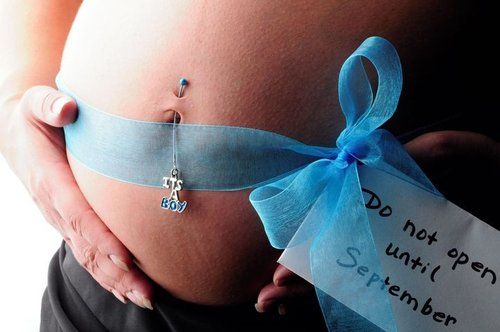 Many parents are even afraid to touch her once again. To some extent, this may be correct, but then how to handle the navel of a newborn? nine0005
Many parents are even afraid to touch her once again. To some extent, this may be correct, but then how to handle the navel of a newborn? nine0005
After all, such a procedure is an obligatory part of daily hygiene care in the first weeks of a baby's life.
What should a mother know and be able to do about this issue in order not to harm her baby?
How an umbilical wound is formed
Let's first understand how an umbilical wound is formed and why it is so important to treat it properly.
Until the moment of birth, the baby is inextricably linked with his mother through the umbilical cord, through which several large blood vessels pass. nine0005
- After the birth of the newborn, the umbilical cord is removed. It is tightly bandaged in the area of the umbilical ring, and the cutoff is made a couple of centimeters higher, fixing this place with a clamp. Thus, a small piece of the umbilical cord remains, which after a few days should dry out and fall off on its own.
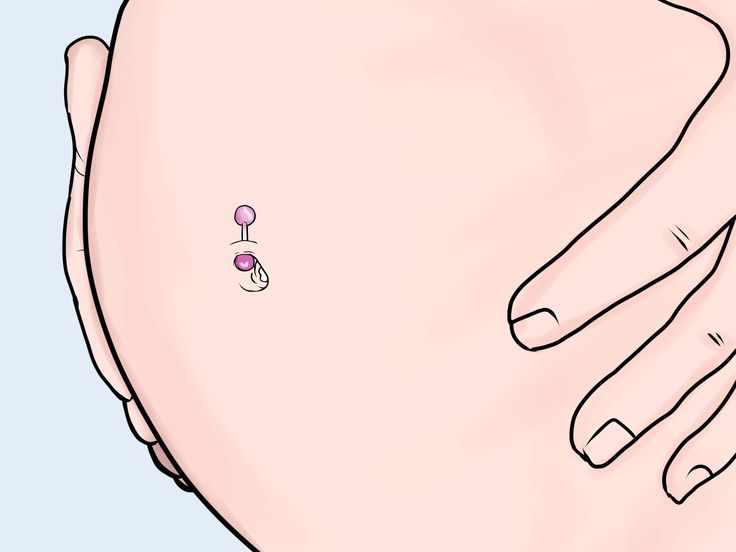
- As a result, a small umbilical wound forms at the site of dressing, and it still oozes or bleeds a little. Until the navel is completely healed, it is necessary to treat the umbilical wound in a newborn daily, otherwise there may be a risk of infection. nine0058
- Doctors do not always wait until the umbilical cord falls off on its own. There is a method of surgical removal of this stump. This procedure is performed on the second day after childbirth with a scalpel or surgical scissors.
- After cutting off, a sterile pressure bandage is applied to the place of the umbilical ring, which must be loosened after two hours. After a day, the bandage is removed, and the umbilical wound is provided with appropriate care.
Umbilical cord with umbilical cord: when it falls off, how to treat it, what to do with the fallen off umbilical cord? nine0047
Normally, all care for a newborn's navel is usually done by a pediatric nurse. She will also teach you how to properly handle the umbilical cord of a newborn.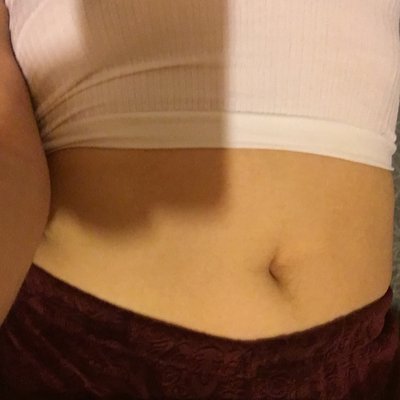
Attention! Some mothers try to tear off or “unscrew” such a stump by turning it several times in different directions. Under no circumstances should this be done!
Doctors point out that the shrinkage of the umbilical cord should occur naturally. Usually it disappears 3-5 days after the birth of the child. Sometimes this event occurs a little later, on days 6-10 (this may indicate intrauterine infection and requires more careful monitoring of the child). Until then, there is nothing left but to handle the navel of a newborn with a clothespin attached. nine0005
To do this, first lubricate the umbilical ring itself with an antiseptic agent, and then the entire umbilical cord residue. The clamp can be taken in hand to lift and facilitate access to the stump from all sides.
In the old days, a mother with a newborn was not discharged from the hospital until the umbilical cord fell off. Now this event often occurs at home. Whether to keep this fallen piece or throw it away is up to you. There are many tips for this.
There are many tips for this.
The most interesting of them:
- Make a hole in the door jamb and, putting the umbilical cord in there, cover everything with putty - it is believed that when the newborn outgrows this mark, all infantile diseases will disappear;
- Keep until the child is 6-7 years old and then put in the pocket of his clothes when he first goes to school - then the child will study well;
- Some mothers decide to bury such an umbilical cord in the ground.
Navel without clip and umbilical cord: processing technique
From the moment when the umbilical cord falls off, the most important stage begins - the healing of the umbilical wound. The risk of inflammation or infection during this period increases significantly. There are no special differences in how to handle the navel of a newborn after the clothespin has fallen off. This process also consists of the following steps:
- Disinfect the umbilical wound with hydrogen peroxide.
 In this case, it will be most convenient to drip a few drops with a pipette. The liquid should start to foam. This reaction will be observed each time until the wound is completely healed; nine0058
In this case, it will be most convenient to drip a few drops with a pipette. The liquid should start to foam. This reaction will be observed each time until the wound is completely healed; nine0058 - A few seconds after instillation, the crusts that form inside the umbilical ring will become soaked and will easily separate from the skin. Then they all need to be carefully removed using cotton swabs;
It is important to remember that you can not tear off the dried crusts by force, otherwise bleeding will open.
- Next, carefully blot the wound with a sterile napkin so that it becomes completely dry;
- Treatment ends with lubricating the entire umbilical ring with an antiseptic. At the same time, you need to push its edges apart and handle it well inside the navel. It is important to try not to hurt the surrounding healthy skin. nine0058
It is worth paying your attention to what exactly is recommended to treat the navel. Previously, for these purposes, they used "brilliant green" or a strong solution of potassium permanganate.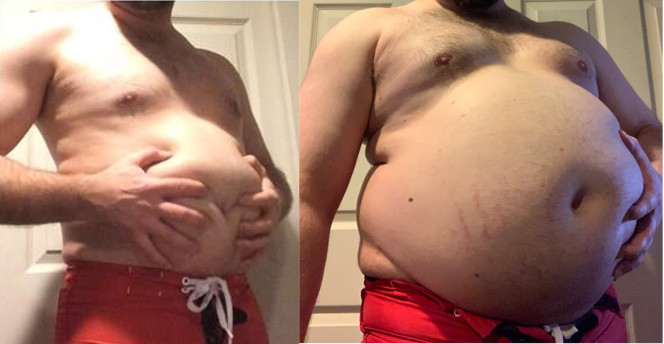 It has now been proven that such products are not very suitable due to their rich color.
It has now been proven that such products are not very suitable due to their rich color.
Know! The fact is that this prevents timely notice of the onset of inflammation of the umbilical wound. The redness that appears in this case on the skin simply will not be visible.
Modern pediatricians suggest using chlorophyllipt to treat the navel. This drug is a colorless alcohol solution based on an extract from eucalyptus. It very effectively copes with pathogens of staphylococcus, is an antimicrobial and anti-inflammatory agent. Chlorophyllipt can be replaced with an alcohol solution of calendula. nine0005
Hygiene of a newborn with an unhealed umbilical wound
Until the moment when the umbilical wound is completely healed, it is necessary to observe the hygiene of the navel as much as possible. However, this does not mean that it is necessary to create complete sterility. In no case should you refuse to bathe a newborn during this period or close the wound with a sterile bandage.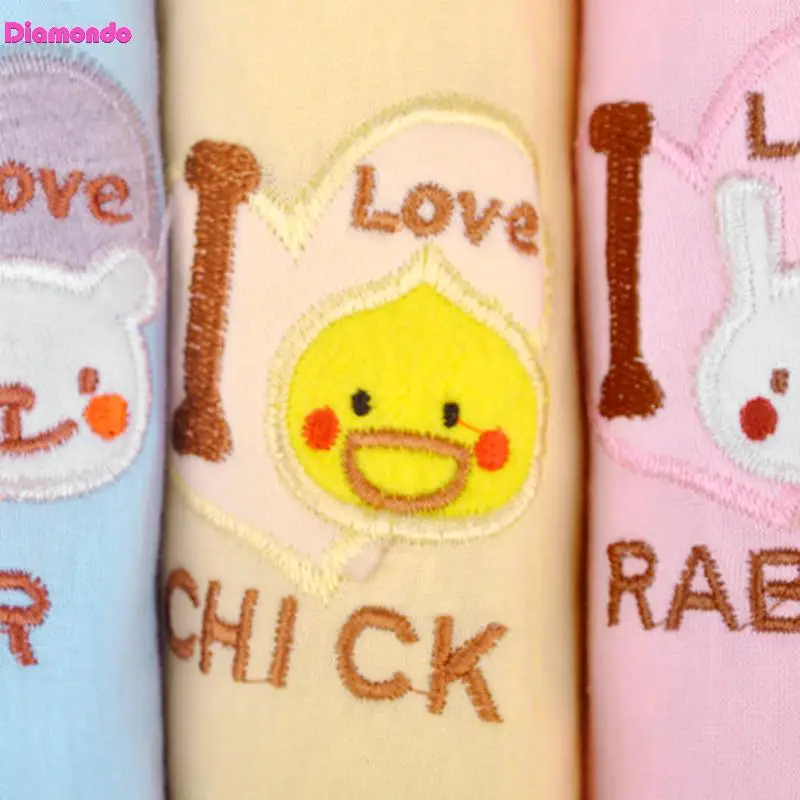 Such actions are wrong.
Such actions are wrong.
The navel should always be open, because this way it will dry out faster. While the bandage, especially if it becomes saturated with secretions that may ooze from the wound, will become a favorable place for bacteria to multiply. nine0005
It is also important to show a sense of proportion in the question of how often to treat the navel of a newborn. It is enough to do it 2 times a day. Full treatment is recommended in the morning, and in the evening after bathing, only lubricate the wound with an antiseptic. If she is constantly bleeding, then such procedures can be carried out 3 times a day.
Important! More frequent use of alcohol products can burn the navel and cause it to become infected.
Also, until the navel is completely healed, you will need to adhere to the following hygiene requirements:
- Thoroughly wash and disinfect your hands before handling the wound;
- Change baby's sliders and undershirts several times a day, even if they are dry;
- Iron all children's clothing.

Special attention should be paid to putting on a diaper. His belt should not touch the navel. It is recommended to purchase special models in which a cutout is made in the front in the center, or to "correct" ordinary diapers in the same way. You can also wrap the front edge of the belt outward or tuck a blouse into it. nine0005
When does the umbilical wound heal?
Complete healing of the umbilical wound takes 2 to 4 weeks. During this time, it is completely covered with epithelial tissue. You should know that in the period from 19 to 24 days, the umbilical wound may begin to bleed. If, after 3 weeks, the navel continues to get wet, you should seek the advice of a pediatrician. You should be especially alert to the appearance of concomitant factors:
- Swelling and redness of the skin near the navel; nine0057 Putrid smell;
- Discharge of pus;
- Increase in body temperature.
In this case, a doctor should be consulted immediately.
The birth of a baby is the brightest and most memorable event in the life of every parent. Still, after all, you no longer need to endure toxicosis, put on immense clothes and live in expectations and worries all the time.
However, after giving birth, new parents face new difficulties - the first bath, walk, care for the baby and feeding. But the most important thing that worries mom and dad after the hospital is the treatment of the navel in newborns with a clothespin. nine0005
Some parents find this terrifying because they are so afraid of hurting their newborn or doing something wrong. There is nothing difficult in this. The main thing is to adhere to some important rules.
How to properly treat the navel of a newborn with a clothespin, what is the best way to smear it - brilliant green, peroxide or chlorophyllipt, how many days do you need to take care of the wound at home?
After how many days does the baby's navel fall off
The umbilical cord is an organ nine0140 connecting placenta and embryo. This is a kind of "cord" from mother to unborn child.
This is a kind of "cord" from mother to unborn child.
Through the umbilical cord, the baby receives all the necessary nutrients and trace elements during all 9 months in the womb.
When he is born, this organ is no longer needed. Therefore, after the baby is born, the umbilical cord is cut off.
But before that, obstetricians pinch the organ with a special clothespin, and then the circumcision itself takes place.
Only 2 cm of umbilical cord remains with the baby nine0140, which after a short period of time disappears by itself.
While mother and baby are in the hospital, the cord is monitored by a doctor or nurse. As soon as the day of discharge comes, care for care falls on the fragile shoulders of a young mother .
This is where a lot of questions arise about the healing of the navel in newborns, because the slightest oversight on the part of parents can lead to irreversible consequences. Therefore, baby care must be thorough and careful nine0140 .
We will tell you on what day the navel falls off in newborns, how often it should be treated and how many times a day, when the wound should heal and after what time it should be stopped washing it.
It makes no sense to listen to the advice of other mothers , girlfriends, neighbors, grandmothers, etc. Even if it seems that you are doing something wrong, you should not turn to other people for help.
Every child is different and needs to be cared for in a special way. Your assistant is a doctor - pediatrician . Only he will give practical recommendations regarding a specific case.
In case of emergency do not go to various forums , where mothers give advice on child care. The reason is the same as in the previous case.
Call the pediatrician and call the nurse. Your desire to help your child is not shameful, but rather laudable.
Never self-medicate . This may lead to undesirable consequences. nine0005
Rules for wound care at home
In most cases, the navel falls off in the maternity hospital , then the young mother has a much easier time.
However, if the discharge occurs much earlier, then everything is somewhat more complicated. A mother bears a huge burden of responsibility. But nothing catastrophic.
:
- hydrogen peroxide 3%; nine0058
- alcohol solution 70%;
- manganese permanganate;
- Zelenka;
- sterile cotton;
- pipette.
Take care of the purchase of diapers with a notch for the navel . Constant friction can cause pain to the baby.
How to process the navel in newborns, see the processing technique on the video:
How to process
First, don't be afraid . Remember that both your navel and the navel of your husband, mother, father have healed perfectly.
This is a natural process provided by nature itself. The task of the mother is to help her a little with this.
Remember everything that was said in the hospital and follow the instructions.
Carefully inspect the navel, it must be dry and clean. Air is an assistant for drying the wound.
If there is suppuration or bloody discharge in the umbilical region nine0140 is not a reason to worry. You can get rid of this with the help of brilliant green and hydrogen peroxide.
These solutions have:
- disinfectant;
- healing;
- antiseptic;
- hemostatic action.
So, put a few drops of hydrogen peroxide on the wound with a pipette . The clothespin is carefully removed, and the area under it is carefully processed. Make sure that peroxide gets on every millimeter of the navel. nine0005
Now it's the clothespin's turn : it is also processed. Wipe with a sterile cotton pad, and then treat with an alcohol solution.
Blot the area (so that there is no peroxide left), then apply brilliant green to a Q-tip and treat the navel again . Now attach the clothespin back.
Now attach the clothespin back.
Such a sequence of actions will not allow the infection to penetrate into the umbilical region, and will help it to fall off quickly.
Many mothers wonder if it is possible to use chlorophyllipt for the treatment of the navel of newborns. Yes, this remedy is approved for use instead of brilliant green.
The medicine has a transparent consistency - the mother will be able to carefully see all the shortcomings.
How many times a day should a newborn's navel be treated? Treat at least 2 times a day . On the first day, this should be done by a pediatrician who will visit you at home.
Do not use alcohol. The tool can burn and dry out the skin. It will bring a lot of discomfort to the baby. nine0005
Before each treatment mother needs to wash her hands with soap . For disinfection, you can use "Sterillium".
Do not swaddle the baby tightly until the navel has fallen off .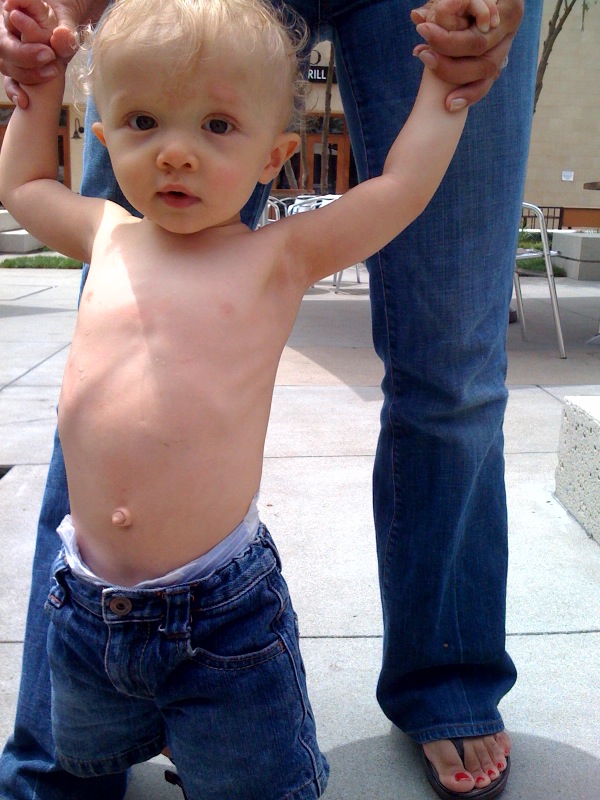 It is necessary to pay attention to the process of bathing. Many refuse to carry out water procedures until the navel has fallen off.
It is necessary to pay attention to the process of bathing. Many refuse to carry out water procedures until the navel has fallen off.
According to pediatricians, it is possible to bathe a child during this period . However, care should be taken to ensure that water does not get into the wound, otherwise the healing process will be delayed for a long time. nine0005
If, nevertheless, a decision is made to refuse to bathe, then they manage with wet wipes , which gently blot all areas of the skin and folds.
How to treat the navel of a newborn with a clothespin, what can be lubricated with it, except for brilliant green, Dr. Komarovsky will tell in this video:
Do you know what he can talk about? Look for the answer to the question in this article.
A list of ointments for skin allergies in children is in the publication.
Instructions for the use of Miramistin for children under one year old are discussed in the material.
nine0005
When to see a doctor
In normal condition the navel should be dry and without redness . In other situations, a pediatrician's consultation is required:
- the skin around the navel is red and swollen;
- if it emits an unpleasant odor;
- Bloody and purulent discharges are constantly noticed in the navel.
If something worries a mother, then this is a reason to consult a doctor nine0140 . It is better to call the district pediatrician once again than to constantly live in experiences.
Do's and Don'ts
Do not be afraid to press on the skin around . There are no nerve endings in this area, so the baby will not experience pain.
Do not remove the clothespin too early from the navel. After a while, the clip will fall off by itself along with the remnants of the umbilical cord.
Only sterile wipes, cotton pads and swabs need to be purchased for processing. After all, an open wound is an ideal environment for the spread of bacteria. Therefore everything should be clean, even mom's hands .
After all, an open wound is an ideal environment for the spread of bacteria. Therefore everything should be clean, even mom's hands .
If a decision has been made to bathe the child , then this should be done in a weak manganese solution or, alternatively, in a decoction of chamomile, succession.
Never use folk remedies recommended by friends. The use of dubious drugs can provoke severe allergic reactions.
What to do if it doesn’t heal for a long time
Let’s answer the most important questions of parents: on what day does the navel fall off in a newborn child, after how many days does this happen normally and what to do when the wound does not heal well, why the clothespin on it does not fall off ? nine0005
The clip with the remains of the umbilical cord should fall off on the 10th day after birth . However, if this does not happen, contact your pediatrician immediately.
If the area is bleeding or festering, doctors prescribe antibiotic ointments and creams.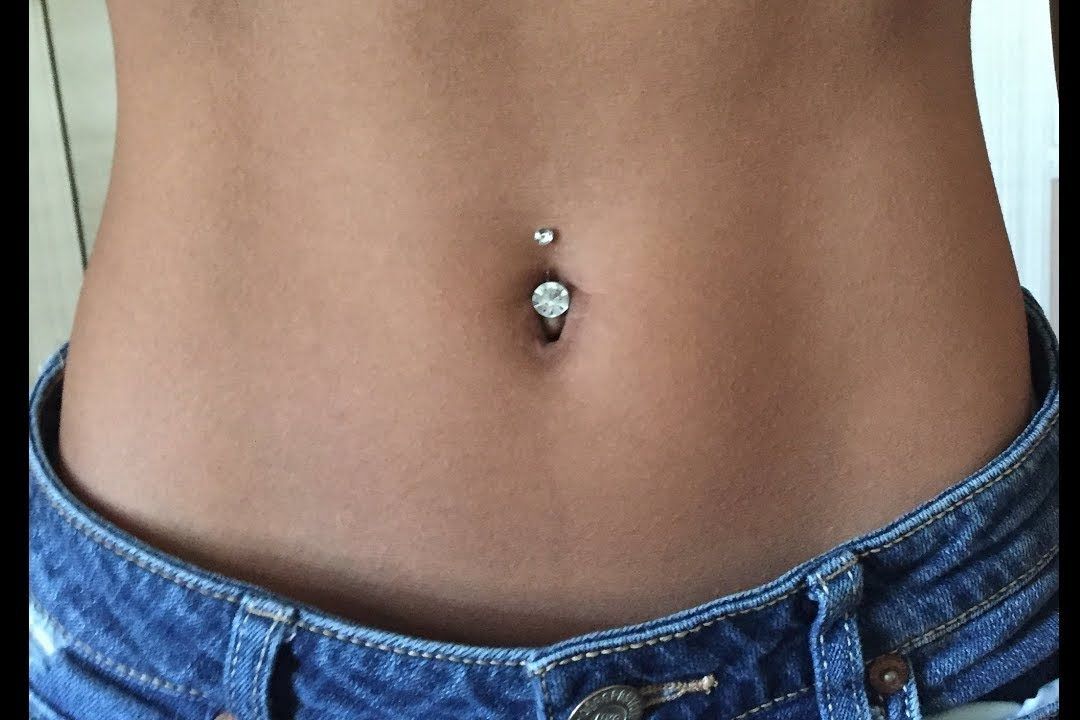 In rare cases, surgery is possible.
In rare cases, surgery is possible.
There are situations when a swelling is found around the navel - this may be a sign of an umbilical hernia .
N It should not be worried, since in most newborns it resolves itself without additional intervention. nine0005
What else is important when treating the navel in newborns:
- choose clothes only from natural materials. This will allow the baby's skin to breathe;
- Give your child air baths more often. Air not only promotes the rapid healing of the navel, but also prevents diaper rash;
- try to iron your child's clothes with a hot iron. In this case, the likelihood that germs will remain on the undershirt is very small; nine0058
- Baby hygiene products must not come into contact with the navel.
Processing the navel with a clothespin is easy . The main thing is to carry out the procedure regularly, do not forget about sterility - this will help to resist the emergence and development of infection.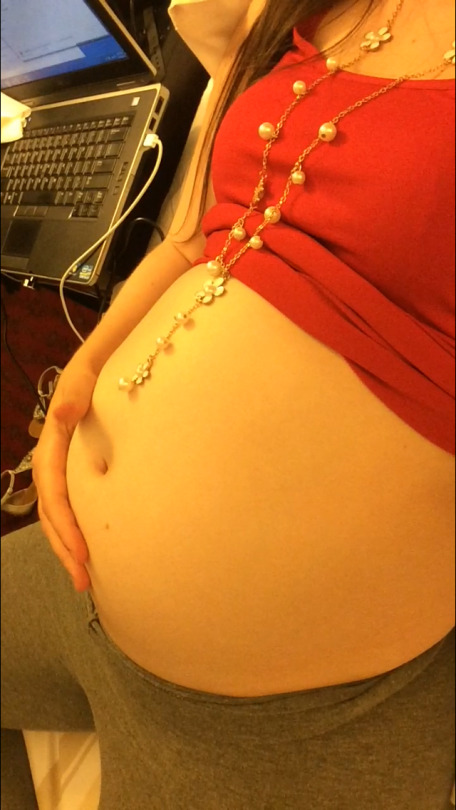
Vkontakte
When children are born, their parents face a number of questions. Most of them are focused on the topic of caring for the baby. nine0005
After all, after discharge from the maternity hospital, where medical personnel can always come to the aid of a young mother, at home she herself must cope with the obligatory hygiene procedures, including the treatment of the navel, which should fall off from day to day.
Therefore, you need to know what to do if this happens and what should be the reason for going to the doctor.
From this article you will learn
Dropout
The umbilical cord, which connects the baby to the mother, is cut off after the baby is born, and an umbilical clip is attached to the remaining part. nine0005
If the woman in labor feels well, like the newborn, then 3-5 days after the birth, they leave the walls of the maternity hospital.
As a rule, at this moment the baby's navel has not fallen off, so he needs special care, which every mother should know about, otherwise infection can lead to suppuration and inflammation.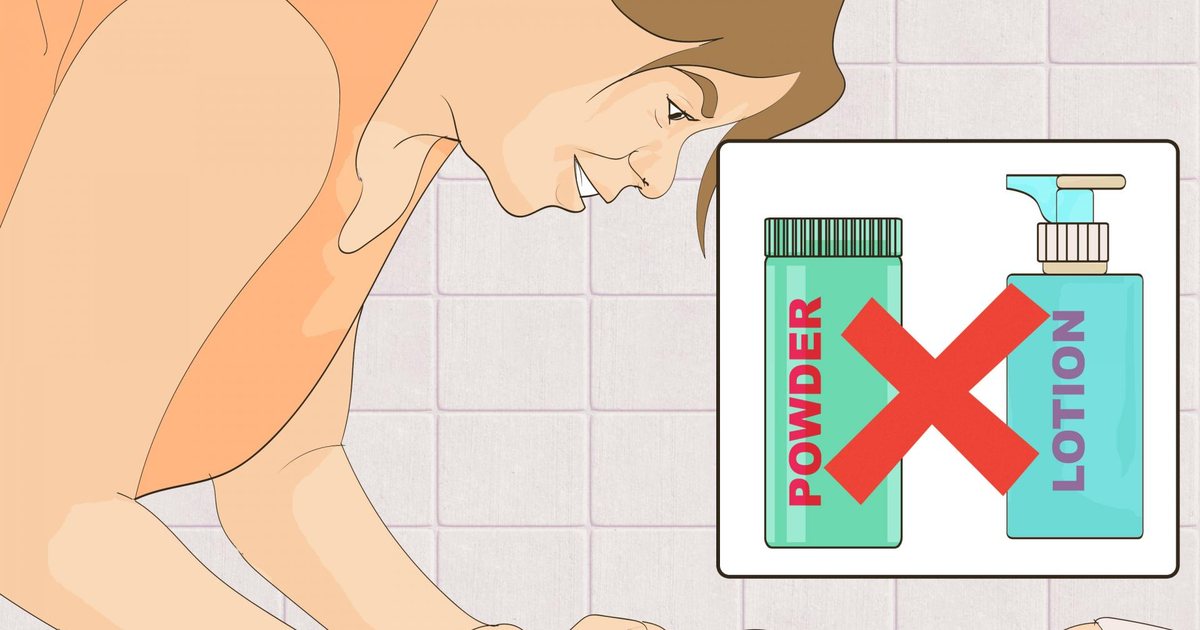
The moment when the navel of a newborn falls off, many parents remember for the rest of their lives. This happens 4-5 days after the birth of the baby.
The remaining part of the umbilical cord dries up and falls off, and a wound forms at the site of the umbilical clamp, the hygiene of which must be monitored.
After all, a newborn has weak immunity, which means that the penetration of bacteria can lead to the appearance of an inflammatory process, suppuration, which causes discomfort to the baby.
The period when the navel falls off is individual for each child. It depends on the thickness of the umbilical cord and many other factors.
Therefore, do not panic if it does not disappear for a long time, it is enough to figure out why this is happening and in no case try to speed up this process on your own. nine0005
What should be the care of the navel after the clip falls off
After the umbilical cord falls off, the wound needs to be taken care of.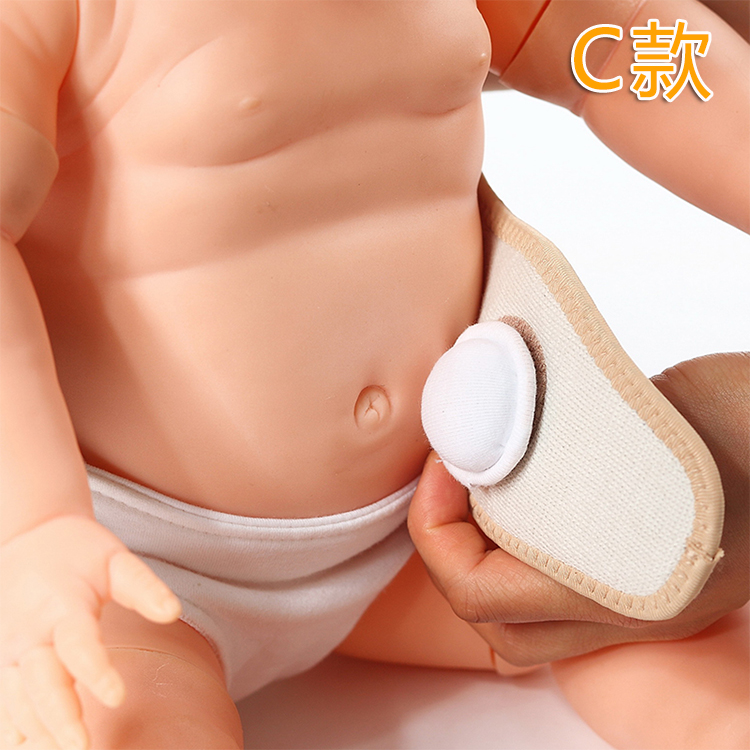 In order for this event not to take mom by surprise, everything you need should be prudently prepared in the first aid kit, in particular, peroxide, brilliant green, pipette, cotton swabs and discs.
In order for this event not to take mom by surprise, everything you need should be prudently prepared in the first aid kit, in particular, peroxide, brilliant green, pipette, cotton swabs and discs.
When the navel falls off in newborns, the resulting wound must be treated twice a day. It is better to do this after waking up the crumbs, and before going to bed or after water procedures. nine0005
It is not necessary to carry out the treatment more often, because it can dry out the delicate skin of the baby. As a rule, the wound heals within 1 - 2 weeks, during which the following manipulations must be performed: You can also do this by applying a cotton pad soaked in the solution to it.
These actions are performed in order to draw out dirt, blood residues from the wound, and also to prevent the formation of bacteria. nine0005
- After the wound has stopped foaming and the crusts formed on it have become soaked, they will need to be removed with a dry edge of a cotton swab.
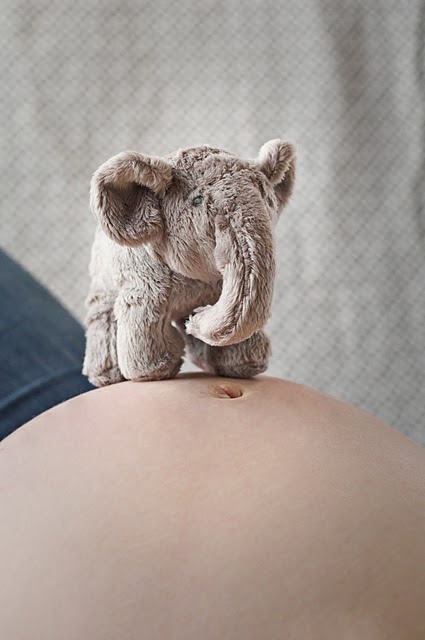
The navel must be cleaned thoroughly. To do this, you can move it a little apart with your fingers, without causing discomfort to the crumbs.
- After cleaning the wound, wait a few minutes until it dries, then treat with green paint, a small amount of which is applied to a cotton swab. Only the wound is treated, not the area around it. nine0058
In some cases, potassium permanganate and chlorophyllipt (alcohol solution) may be required for processing.
Is it possible to bathe a child
The treatment of the navel is usually carried out in the same way. But there is no unequivocal opinion regarding the relevance of bathing a baby during its healing period, because some experts assure that it helps to soak the crust in which bacteria accumulate, and then easily remove it.
Others insist that it is in the water that bacteria can penetrate into the wound from the navel, which has fallen off, and can occur. nine0005
To bathe or not to bathe a newborn during the period when the umbilical cord falls off and until the wound is completely healed, only the parents have the right to decide.
If a decision was made in favor of water procedures, then it is necessary to take into account some recommendations:
- Bathe the baby in his baby bath, and not in the one used by all family members.
- Water must first be brought to a boil.
- Water can be disinfected with a solution of potassium permanganate (weak). It must be used carefully so as not to provoke the appearance of burns on the baby's skin. nine0058
To do this, the crystals are first diluted in water in a separate container, and only after that the solution is added to a bath of water that has been brought to a boil and cooled to a temperature comfortable for the baby.
After water procedures, the skin of the baby in the navel area, which has already fallen off, does not need to be rubbed with a towel. Having wet this place with a napkin, within a few minutes the skin of the newborn should breathe. During this time, the wound will dry out, and it can be processed.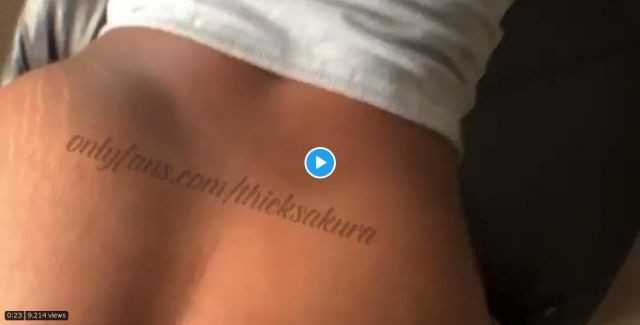
At the time when the umbilical cord falls off, parents should pay attention not only to its processing, but also to the observance of general recommendations for caring for the baby.
This will help speed up the healing time of the wound, prevent the baby from getting pain. These recommendations are as follows:
- During the day, the baby should spend as much time as possible without clothes. Air baths will dry the navel, contribute to its speedy healing.
- Clothing that comes into contact with the baby's abdomen must be clean and ironed.
- It is better to use special diapers that have a recess for the navel. Ordinary ones are also suitable, which are enough to tuck on top so that the edge does not come into contact with the wound.
- Keep the navel always dry.
When you need expert help
The sore formed by the fallen off navel in most newborns heals within 2 weeks. nine0005
If this does not happen, then it is worth visiting a doctor who will examine the baby and determine the cause. If it is not serious, and the navel, besides the fact that it does not heal for a long time, looks normal, then there is no reason for concern. What can not be said when:
If it is not serious, and the navel, besides the fact that it does not heal for a long time, looks normal, then there is no reason for concern. What can not be said when:
- The area around the navel looks inflamed.
- Purulent discharge appears, which is accompanied by an unpleasant odor.
- Abundant bleeding occurs.
- The umbilical ring becomes oval and protrudes. During crying, the cry of a newborn, the protrusion is more pronounced. nine0058
All this should be a signal that bacteria have entered the baby's body, which led to this condition.
Only the help of a specialist will make it possible to understand the current situation, determine the reason for these changes in the body, and what needs to be done to help the child.
Solving the problem on your own is not worth it. This can only make the situation worse.
Parents of newborns don't have to worry about their baby's belly button falling off. This will happen when the rest of the umbilical cord dries up. nine0005
nine0005
And given that its thickness is different for everyone, this period may differ for babies. It should also be remembered that the falling navel forms a wound, which must be processed until complete healing.
This is done so that pathogenic bacteria do not accumulate in it. Proper processing and following the recommendations for caring for the baby will speed up the healing time of the navel and make this period as comfortable as possible for the newborn.
The umbilical wound remains, which requires careful care (usually the wound heals no longer than 10-12 days ). Otherwise, infection may occur, as a result of which an infection can enter the body through the wound.
The navel of a newborn baby heals completely after a few weeks, and during this time parents should carefully monitor the condition of the navel.
What you need to know about the navel in a newborn?
Treatment of the navel in the maternity hospital
The umbilical cord is cut just a few minutes after the birth, after which the wound is disinfected. nine0139 In the hospital only a pediatrician can treat an umbilical wound, but the mother should prepare in advance for the fact that in a few days such treatment will become her responsibility.
nine0139 In the hospital only a pediatrician can treat an umbilical wound, but the mother should prepare in advance for the fact that in a few days such treatment will become her responsibility.
It could happen like this that discharge from the hospital will occur before the rest of the umbilical cord dries up and falls off. Moreover, if the umbilical cord is very thick, then this process can take longer than a week.
Doctors do not count , that an extract from the hospital with an umbilical cord that has not fallen off is dangerous for the health of the child and mother, however, in some cases, such a residue can be removed surgically: this helps to speed up the healing process of the umbilical wound in some cases. nine0005
Treatment of the navel at home
At home, the mother of the child will have to process, wash and disinfect the umbilical cord, and in order to avoid infection, certain rules must be strictly followed .
First of all, you need to take care of the products that will be needed to care for the wound: . In order to avoid excessive irritation of the wound, it is not recommended to treat it more often. nine0005
The optimal time for treatment is after bathing . To do this, dip a cotton swab in hydrogen peroxide and gently moisten the wound.
Do not worry about the fact that the peroxide begins to hiss and bubble: this does not indicate the presence of an infection in the wound, but that bloody discharge remains in the wound.
After this the navel should also be gently dried with a dry cotton swab or cotton swab, and then the wound is treated with brilliant green, which dries the wounds well. nine0005
Do not use too much green : firstly, in case of possible complications, it is not always possible to see discharge or redness under a layer of brilliant green. Secondly, a large amount of brilliant green can cause a burn.
Regarding bathing is absolutely safe and even necessary.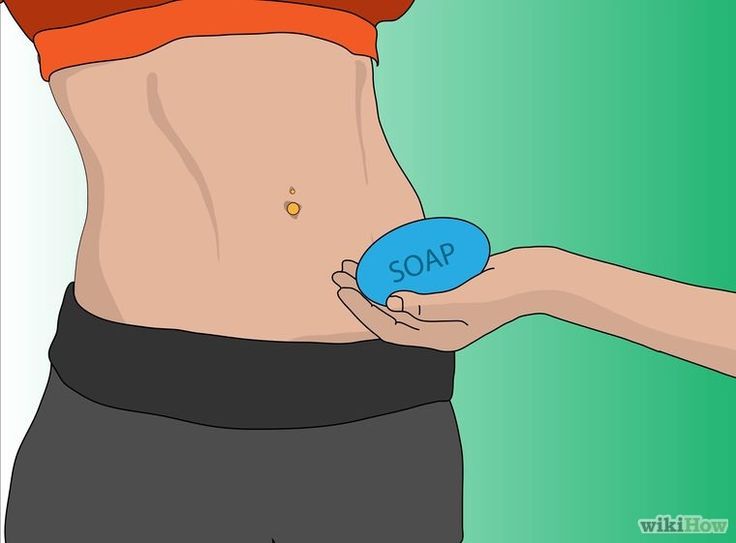 There is no reason to worry that water can adversely affect the wound.
There is no reason to worry that water can adversely affect the wound.
The only thing that must be strictly observed is that before bathing a child, the water must be disinfected with a weak solution of potassium permanganate nine0140 . Usually the amount of potassium permanganate is determined “by eye”: after adding it to the bath, the water should acquire a pale pink hue.
Very important take care of the right clothes for the baby, because even if the treatment of the wound and bathing are in accordance with the rules, uncomfortable clothes can cause a long healing of the navel.
When using diapers it is necessary to put it on in such a way that it does not touch the wound, and it is best to purchase special diapers with a cutout for the navel. In any case, diapers must be changed in time and urine must not be allowed to enter the wound. nine0005
What is an umbilical hernia and is it dangerous?
Healing of the navel does not always go smoothly, and the most common problem during this period is umbilical hernia .
Hernia can occur at any time in case of increased intra-abdominal pressure. For example, when a child cries or screams. At this moment, the contents of the abdominal cavity (intestinal loops) exit through the expanded umbilical ring.
Visually, an umbilical hernia looks like a noticeable swelling and air can be felt under the skin. Moreover, when intra-abdominal pressure normalizes, then the hernia disappears. nine0005
If a child develops an umbilical hernia - a doctor should be consulted . The doctor sets the hernia inward and connects the skin around the navel into a fold, after which it fixes it with a patch.
This patch is applied for ten days - during this time, the wound heals, the umbilical ring tightens, and the danger of a hernia disappears.
bathe child during this period possible (excluding the first day when the patch is applied). nine0005
In most cases, an umbilical hernia resolves quickly, but parents themselves can speed up the healing process.
